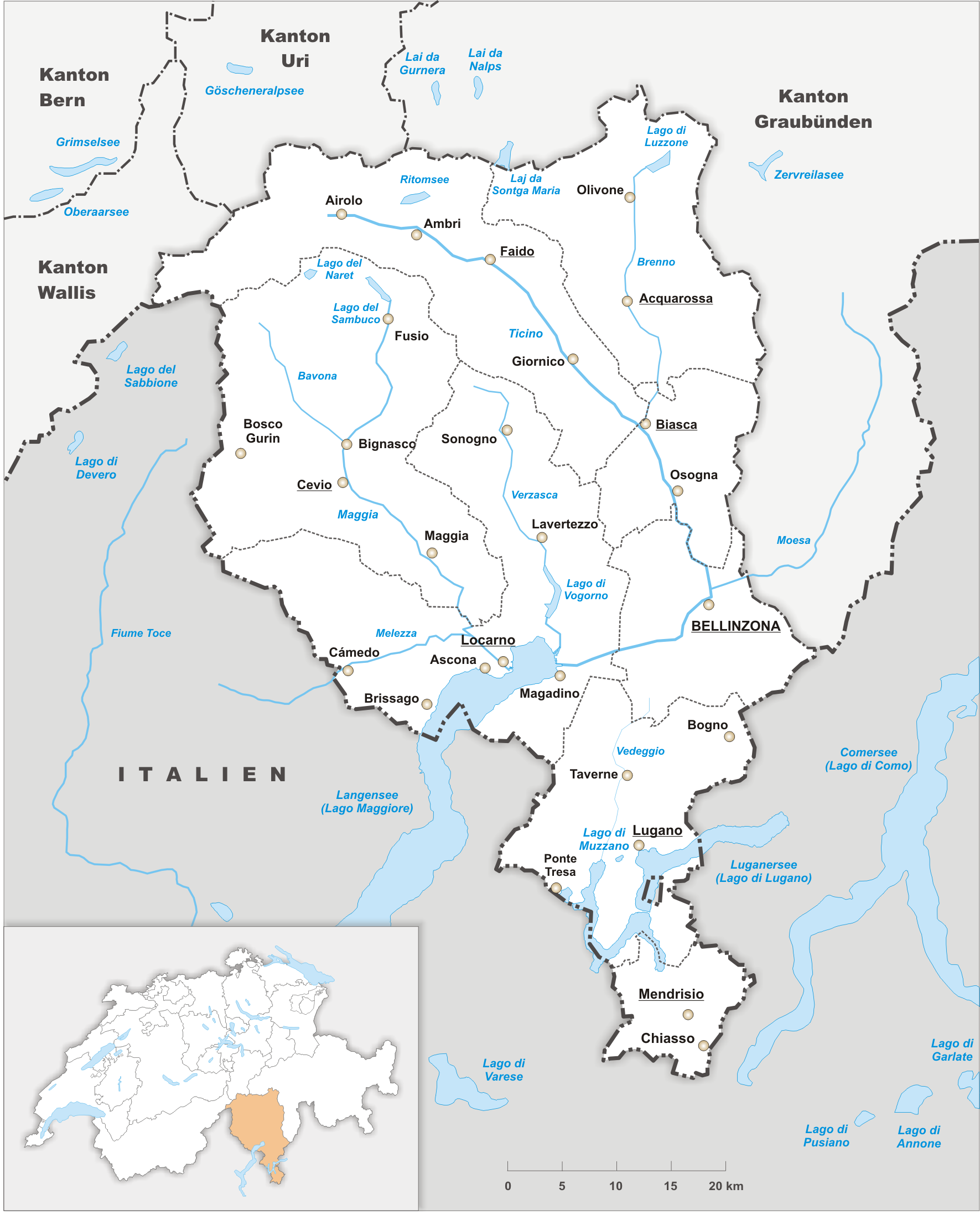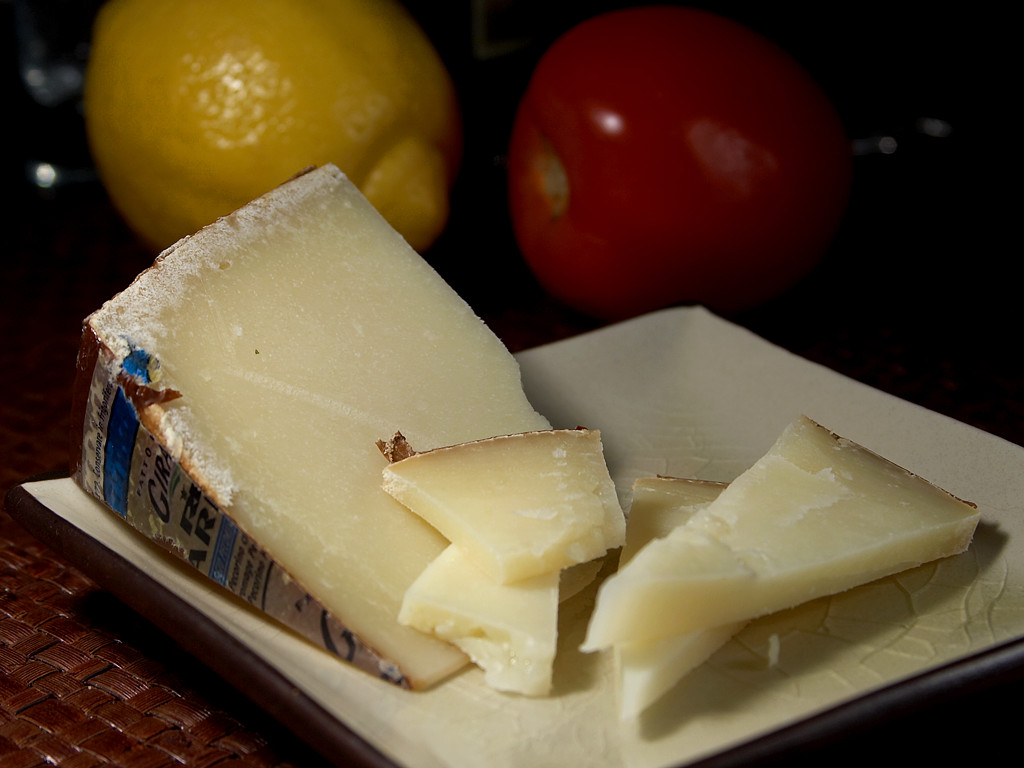|
Nera Verzasca
The Nera Verzasca, also known as the Nera di Verzasca or Verzaschese, is an indigenous breed of black domestic goat from the Valle Verzasca, in the canton of Ticino in southern Switzerland, from which it takes its name. It is raised in that area and in the provinces of Como, Varese and Verbano Cusio Ossola in northern Lombardy, in the north of Italy. Numbers In Italy, the Verzaschese is one of the forty-three autochthonous goat breeds of limited distribution for which a herdbook is kept by the Associazione Nazionale della Pastorizia, the Italian national association of sheep- and goat-breeders. In Switzerland the Nera Verzasca is among the endangered breeds for which a herdbook is kept by the Schweizerischer Ziegenzuchtverband or Federazione svizzera d'allevamento caprino, the Swiss federation of cantonal goat breeders' associations. In 2010 the total population in the two countries was , of which , or about 63%, were in Italy. At the end of 2013 the registered population ... [...More Info...] [...Related Items...] OR: [Wikipedia] [Google] [Baidu] |
Canton Of Ticino
Ticino (), sometimes Tessin (), officially the Republic and Canton of Ticino or less formally the Canton of Ticino,, informally ''Canton Ticino'' ; lmo, Canton Tesin ; german: Kanton Tessin ; french: Canton du Tessin ; rm, Chantun dal Tessin . is one of the 26 cantons forming the Swiss Confederation. It is composed of eight districts and its capital city is Bellinzona. It is also traditionally divided into the Sopraceneri and the Sottoceneri, respectively north and south of Monte Ceneri. Red and blue are the colours of its flag. Ticino is the southernmost canton of Switzerland. It is one of the three large southern Alpine cantons, along with Valais and the Grisons. However, unlike all other cantons, it lies almost entirely south of the Alps, and has no natural access to the Swiss Plateau. Through the main crest of the Gotthard and adjacent mountain ranges, it borders the canton of Valais to the northwest, the canton of Uri to the north and the canton of Grisons to t ... [...More Info...] [...Related Items...] OR: [Wikipedia] [Google] [Baidu] |
Secondiparous
In biology and human medicine, gravidity and parity are the number of times a woman is or has been pregnant (gravidity) and carried the pregnancies to a viable gestational age (parity). These terms are usually coupled, sometimes with additional terms, to indicate more details of the woman's obstetric history. When using these terms: * Gravida indicates the number of times a woman is or has been pregnant, regardless of the pregnancy outcome. A current pregnancy, if any, is included in this count. A multiple pregnancy (e.g., twins, triplets, etc.) is counted as 1. * Parity, or "para", indicates the number of births (including live births and stillbirths) where pregnancies reached viable gestational age. A multiple pregnancy (e.g., twins, triplets, etc.) carried to viable gestational age is still counted as 1. * Abortus is the number of pregnancies that were lost prior to viable gestational age for any reason, including induced abortions or miscarriages but not stillbirths. The abort ... [...More Info...] [...Related Items...] OR: [Wikipedia] [Google] [Baidu] |
Goat Breeds Originating In Italy
The goat or domestic goat (''Capra hircus'') is a domesticated species of goat-antelope typically kept as livestock. It was domesticated from the wild goat (''C. aegagrus'') of Southwest Asia and Eastern Europe. The goat is a member of the animal family Bovidae and the tribe Caprini, meaning it is closely related to the sheep. There are over 300 distinct breeds of goat.Hirst, K. Kris"The History of the Domestication of Goats".'' About.com''. Accessed August 18, 2008. It is one of the oldest domesticated species of animal, according to archaeological evidence that its earliest domestication occurred in Iran at 10,000 calibrated calendar years ago. Goats have been used for milk, meat, fur, and skins across much of the world. Milk from goats is often turned into goat cheese. Female goats are referred to as ''does'' or ''nannies'', intact males are called ''bucks'' or ''billies'', and juvenile goats of both sexes are called ''kids''. Castrated males are called ''we ... [...More Info...] [...Related Items...] OR: [Wikipedia] [Google] [Baidu] |
Dairy Goat Breeds
A dairy is a business enterprise established for the harvesting or processing (or both) of animal milk – mostly from cows or buffaloes, but also from goats, sheep, horses, or camels – for human consumption. A dairy is typically located on a dedicated dairy farm and milk or in a section of a multi-purpose farm (mixed farm) that is concerned with the harvesting of milk. As an attributive, the word ''dairy'' refers to milk-based products, derivatives and processes, and the animals and workers involved in their production: for example dairy cattle, dairy goat. A dairy farm produces milk and a dairy factory processes it into a variety of dairy products. These establishments constitute the global dairy industry, part of the food industry. Terminology Terminology differs between countries. In the United States, for example, an entire dairy farm is commonly called a "dairy". The building or farm area where milk is harvested from the cow is often called a "milking parlor" ... [...More Info...] [...Related Items...] OR: [Wikipedia] [Google] [Baidu] |
Goat Breeds
The goat or domestic goat (''Capra hircus'') is a domesticated species of goat-antelope typically kept as livestock. It was domesticated from the wild goat (''C. aegagrus'') of Southwest Asia and Eastern Europe. The goat is a member of the animal family Bovidae and the tribe Caprini, meaning it is closely related to the sheep. There are over 300 distinct breeds of goat.Hirst, K. Kris"The History of the Domestication of Goats".'' About.com''. Accessed August 18, 2008. It is one of the oldest domesticated species of animal, according to archaeological evidence that its earliest domestication occurred in Iran at 10,000 calibrated calendar years ago. Goats have been used for milk, meat, fur, and skins across much of the world. Milk from goats is often turned into goat cheese. Female goats are referred to as ''does'' or ''nannies'', intact males are called ''bucks'' or ''billies'', and juvenile goats of both sexes are called ''kids''. Castrated males are called ''wethers'' ... [...More Info...] [...Related Items...] OR: [Wikipedia] [Google] [Baidu] |
Ricotta
Ricotta ( in Italian) is an Italian whey cheese made from sheep, cow, goat, or Italian water buffalo milk whey left over from the production of other cheeses. Like other whey cheeses, it is made by coagulating the proteins that remain after the casein has been used to make cheese, notably albumin and globulin. Ricotta (literally meaning "recooked", "refined") protein can be harvested if the whey is first allowed to become more acidic by additional fermentation (by letting it sit for 12–24 hours at room temperature). Then the acidified whey is heated to near boiling. The combination of low pH and high temperature denatures the protein and causes it to flocculate, forming a fine curd. Once cooled, it is separated by passing the liquid through a fine cloth, leaving the curd behind. Ricotta curds are creamy white in appearance, and slightly sweet in taste. The fat content changes depending on the milk used. In this form, it is somewhat similar in texture to some fres ... [...More Info...] [...Related Items...] OR: [Wikipedia] [Google] [Baidu] |
List Of Italian DOP Cheeses
This List of Italian PDO/DOP cheeses includes all the Italian cheeses which have Protected Designation of Origin (, or DOP/PDO), status under European Union regulations. All of the formerly existing "DO" cheeses (protected under Italian law) were registered in the EU as "PDO/DOP" cheeses during the course of 1996. They have the Italian abbreviation for PDO (DOP) written on the cheese. Prior to 1996 when the PDO system came into operation, many Italian cheeses were regulated under a denominazione di origine (DO) system, which arose out of the 1951 Stresa Conference and was established under the Italian law 125/54. These appellations of origin were recognized in a number of European countries with which Italy had bilateral agreements. The international framework of recognition was further developed, and extended from cheese to include other agricultural products, by the Lisbon Agreement for the Protection of Appellations of Origin and their International Registration, and the mo ... [...More Info...] [...Related Items...] OR: [Wikipedia] [Google] [Baidu] |
Caprino Cheese
Caprino is an Italian cheese traditionally made from whole or skimmed goat's milk. The name of the cheese derives from the Italian word for goat, . With modern methods of production, the cheese is made from cow's milk as well or a combination of both cow's and goat's milks. The two major styles of caprino are ''fresco'' (fresh) and ''stagionato'' (aged).Italian Cooking & Living. Production The cheese begins production by adding a whey-based starter culture to whole or part-skim raw milk. The milk is then heated to promote coagulation that takes place within 24 hours. Once the coagulation occurs, the curd is removed to a mold without milling. The molds sit for a period of 24 hours for the whey to drain out completely. The cheese is then salted and turned a number of times and then allowed to age depending on product desired. Versions include those aged for 30 days or longer, and those seasoned with parsley, garlic, chives, and ground pepper. ''Caprino fresco'' (fresh capr ... [...More Info...] [...Related Items...] OR: [Wikipedia] [Google] [Baidu] |
Protein
Proteins are large biomolecules and macromolecules that comprise one or more long chains of amino acid residues. Proteins perform a vast array of functions within organisms, including catalysing metabolic reactions, DNA replication, responding to stimuli, providing structure to cells and organisms, and transporting molecules from one location to another. Proteins differ from one another primarily in their sequence of amino acids, which is dictated by the nucleotide sequence of their genes, and which usually results in protein folding into a specific 3D structure that determines its activity. A linear chain of amino acid residues is called a polypeptide. A protein contains at least one long polypeptide. Short polypeptides, containing less than 20–30 residues, are rarely considered to be proteins and are commonly called peptides. The individual amino acid residues are bonded together by peptide bonds and adjacent amino acid residues. The sequence of amino acid resid ... [...More Info...] [...Related Items...] OR: [Wikipedia] [Google] [Baidu] |
Pluriparous
In biology and human medicine, gravidity and parity are the number of times a woman is or has been pregnant (gravidity) and carried the pregnancies to a viable gestational age (parity). These terms are usually coupled, sometimes with additional terms, to indicate more details of the woman's obstetric history. When using these terms: * Gravida indicates the number of times a woman is or has been pregnant, regardless of the pregnancy outcome. A current pregnancy, if any, is included in this count. A multiple pregnancy (e.g., twins, triplets, etc.) is counted as 1. * Parity, or "para", indicates the number of births (including live births and stillbirths) where pregnancies reached viable gestational age. A multiple pregnancy (e.g., twins, triplets, etc.) carried to viable gestational age is still counted as 1. * Abortus is the number of pregnancies that were lost prior to viable gestational age for any reason, including induced abortions or miscarriages but not stillbirths. The ab ... [...More Info...] [...Related Items...] OR: [Wikipedia] [Google] [Baidu] |







